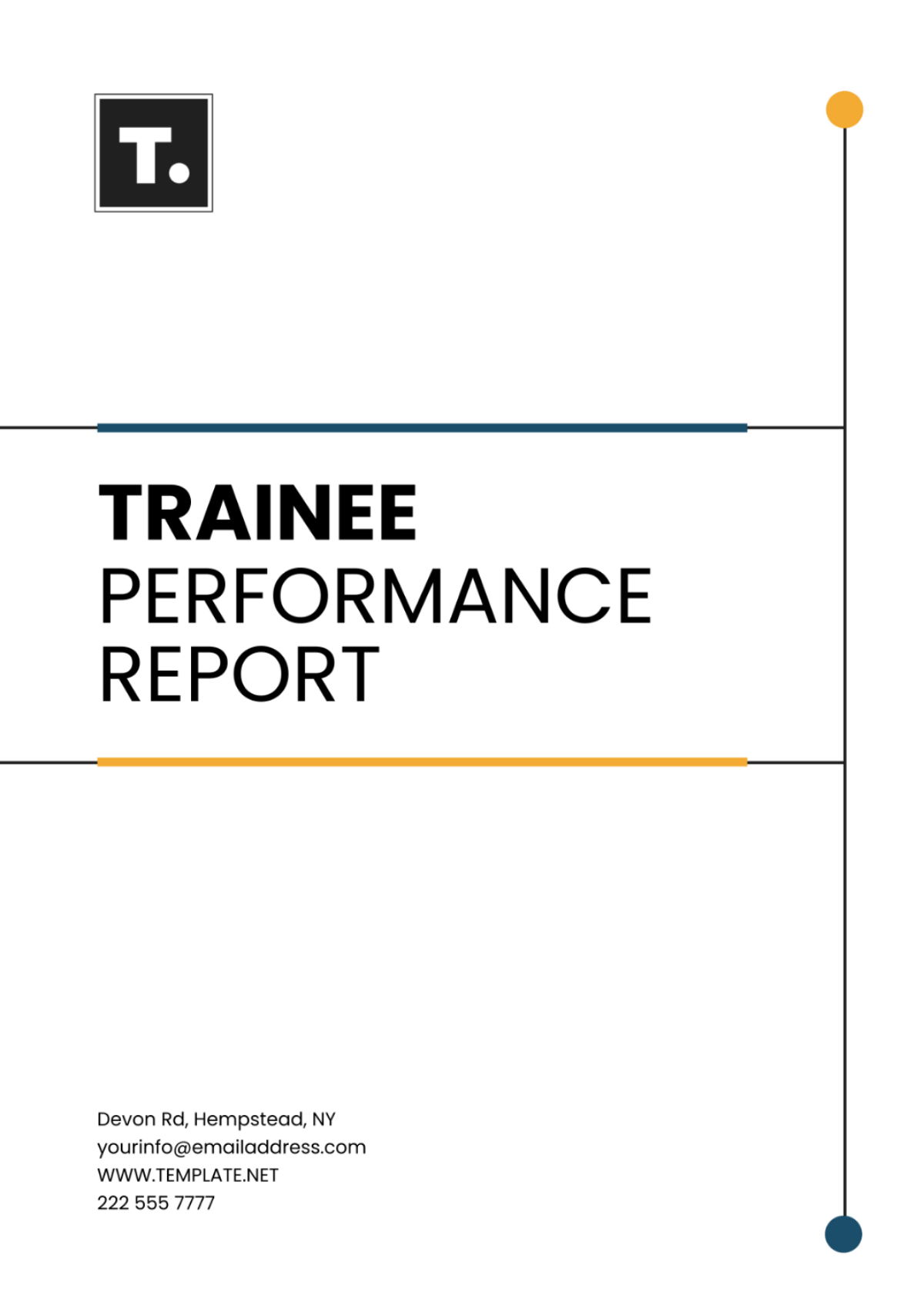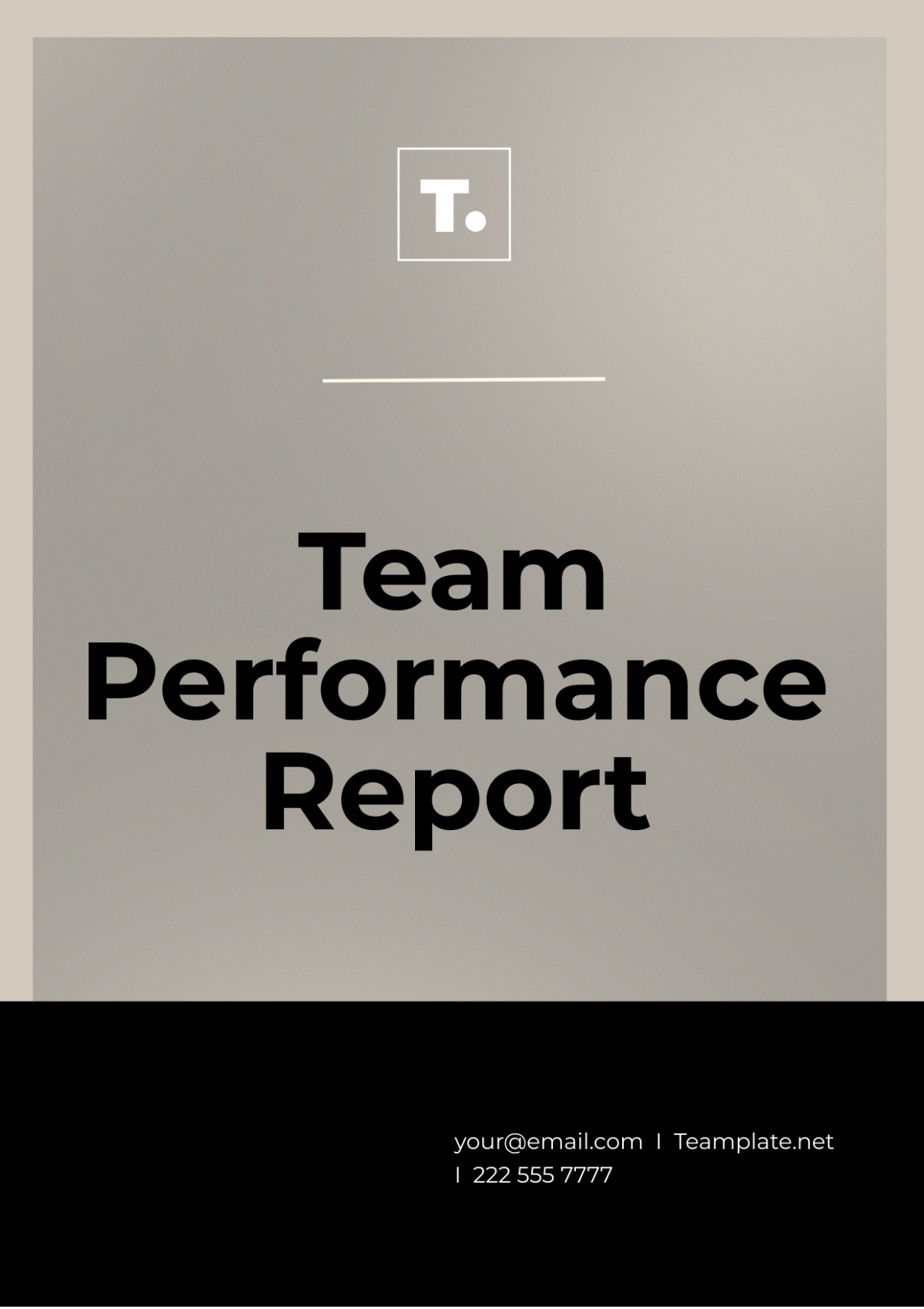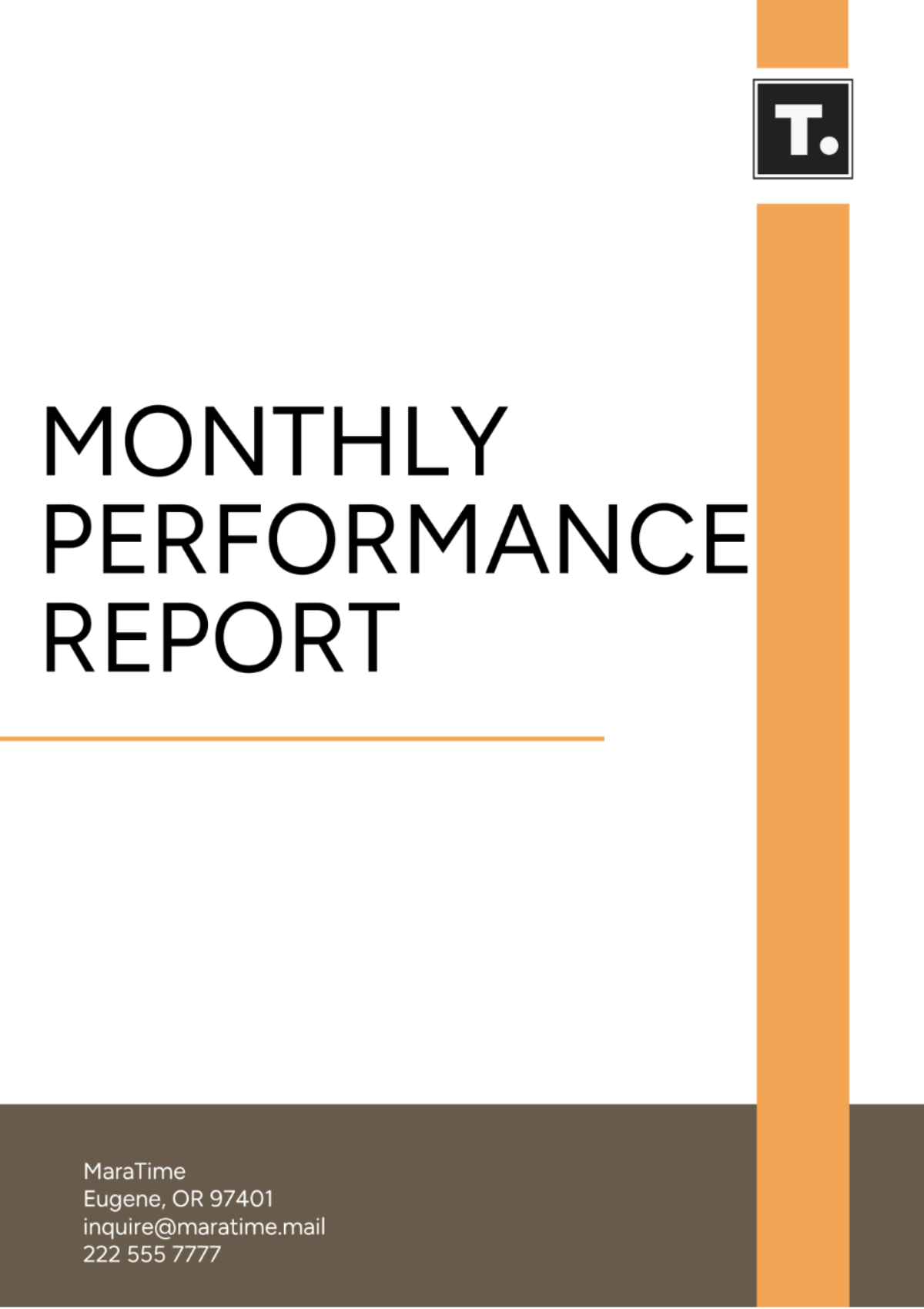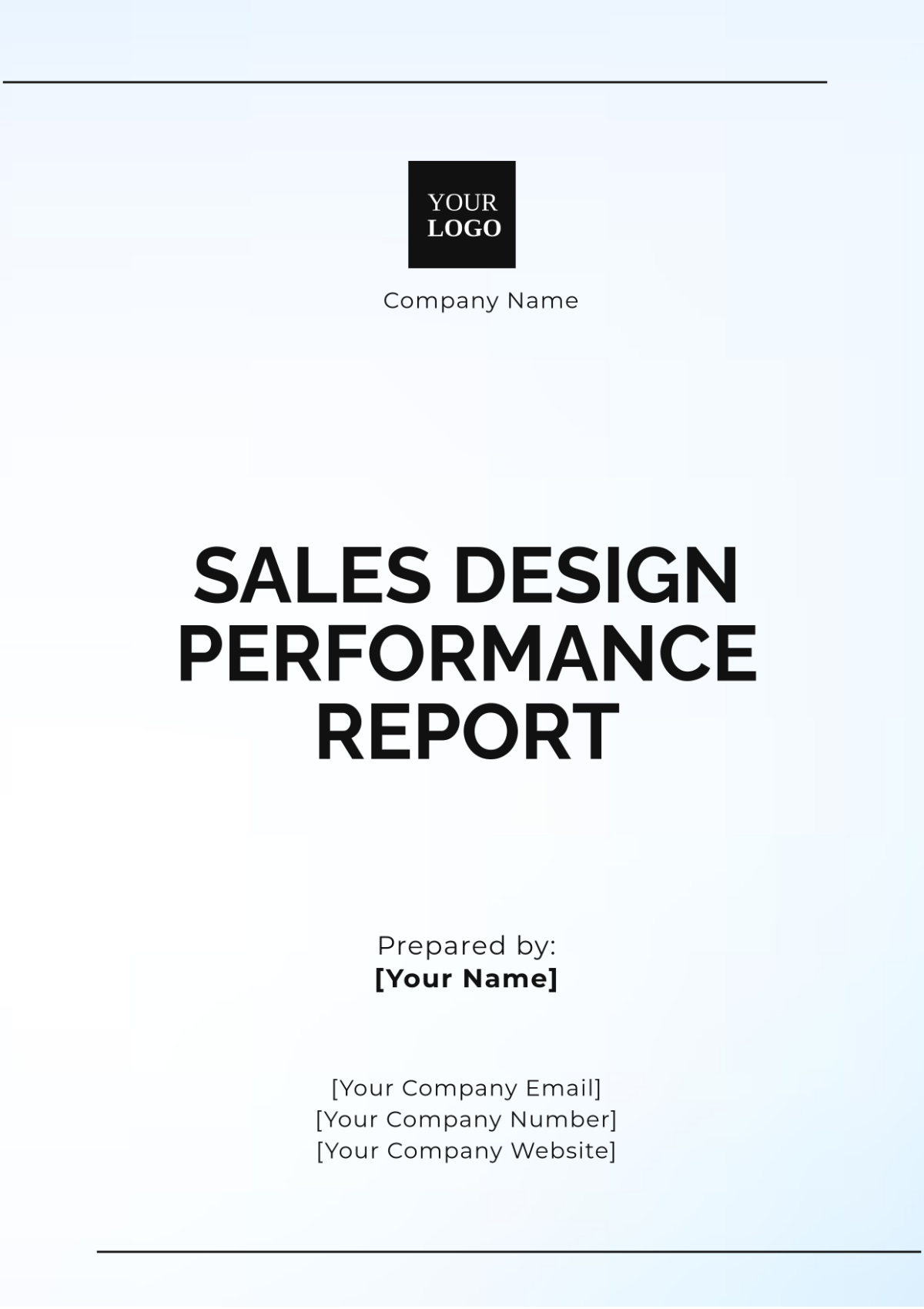Editorial Service Performance Report
I. Executive Summary
A. Overview of Report Purpose
[Your Company Name]'s report evaluates the performance of our editorial services for the period from October to December 2050. It provides an analysis of key performance metrics, operational insights, challenges encountered, and recommendations for future improvements. The goal is to assess how efficiently and effectively the editorial team has been performing and delivering on content objectives. This will enable better decision-making and optimization of editorial workflows going forward.
B. Key Findings and Insights
Our editorial team has performed well in terms of meeting deadlines, with a 90% on-time submission rate. However, there has been a slight increase in content errors, particularly with grammatical and factual inaccuracies, which requires attention. Productivity has remained steady with a consistent output of articles, though some delays in the approval process have hindered timeliness. Client feedback has generally been positive, with a satisfaction rating of 4.2 out of 5.
C. Recommendations for Improvement
We recommend enhancing the editorial review process by incorporating more rigorous proofreading protocols. Additionally, there is a need to streamline communication between the editorial and content strategy teams to avoid delays. Investing in better editorial tools, like AI-assisted grammar checks, could improve content quality. Lastly, a review of the team’s capacity and training needs is suggested to improve overall efficiency.
II. Introduction
A. Scope of the Report
This report covers the editorial services provided for the company’s blog and marketing content, including copywriting, editing, proofreading, and content publishing. The focus is on evaluating the performance of the editorial team in terms of quality, productivity, and operational efficiency. Key metrics have been tracked over the last quarter to understand trends and performance. The report will also include client and stakeholder feedback regarding the editorial process.
B. Editorial Services Under Review
The editorial services under review include article writing, in-depth feature editing, proofing for spelling/grammar accuracy, and content scheduling. Content published across the company’s website, email newsletters, and social media channels is considered in this report. Content is created to align with our brand voice and business objectives. All editorial tasks are managed by the in-house editorial team with occasional freelance support.
C. Reporting Period
This report evaluates editorial performance from October 1, 2050, to December 31, 2050. The period covers both regular editorial tasks and seasonal content adjustments for end-of-year campaigns. Data for this quarter has been compared against the previous quarter (July–September 2050). The reporting period includes a mix of regular content and time-sensitive deliverables.
D. Methodology Used for Data Collection and Evaluation
The data used in this report was collected through a combination of tracking tools and manual input from team members. Performance metrics such as turnaround time, error rates, and productivity were pulled from project management software. Client satisfaction surveys were used to gather qualitative feedback. A comparison of past performance was also done to identify trends over time.
III. Performance Metrics Overview
A. Content Quality
The content quality for this reporting period has shown both strengths and areas for improvement. The primary metrics for quality were error rates, adherence to the editorial style guide, and internal stakeholder satisfaction with the final product. Although most content adhered to the style guide and met basic quality standards, some articles required significant revisions for grammar, tone, or factual accuracy. The content quality, as measured by internal reviews, fluctuated slightly across different types of articles, with feature articles showing a higher error rate compared to shorter blog posts.
Content Quality Metrics
Metric | Target | Q3 2050 | Q4 2050 | Change (%) |
|---|---|---|---|---|
Percentage of Articles Meeting Style Guide | 98% | 97% | 95% | -2% |
Average Error Rate (Grammar/Factual) | ||||
Internal Satisfaction (1-5 scale) | ||||
Articles Requiring Major Revisions |
B. Timeliness
Timeliness is a critical metric in editorial services, particularly when deadlines are tight and content needs to be published on schedule. The target for on-time delivery was set at 90% for this quarter, with the expectation that the editorial team would maintain high productivity while adhering to deadlines. While the team largely met this target, some delays were caused by internal review bottlenecks, which slightly affected overall efficiency. The average turnaround time for articles increased to 5 days from 4.2 days in Q3, largely due to slower internal feedback loops.
Timeliness Metrics
Metric | Target | Q3 2050 | Q4 2050 | Change (%) |
|---|---|---|---|---|
On-Time Submission Rate | 90% | 85% | 90% | +5% |
Average Turnaround Time (Days) | ||||
Articles Delayed (More Than 2 Days) | ||||
Days to Final Approval |
C. Productivity
Productivity remained consistent throughout the quarter, with the editorial team continuing to produce a high volume of content. The target for article output was 150 articles, and the team exceeded this target by producing 155 articles in Q4. However, the increase in workload also meant that a higher percentage of content was outsourced to freelance writers to maintain overall output. Productivity metrics were tracked based on the number of articles produced per editor and the balance between in-house and freelance contributions.
Productivity Metrics
Metric | Target | Q3 2050 | Q4 2050 | Change (%) |
|---|---|---|---|---|
Total Articles Produced | 150 | 148 | 155 | +5% |
Articles Handled by In-House Team | ||||
Articles Handled by Freelancers | ||||
Articles Per Editor (Monthly) |
D. Accuracy
Accuracy in content is paramount, especially when producing research-heavy or data-driven articles. The target for content accuracy was set at 98%, which was largely met, with only minor discrepancies found in statistical data and references. While the majority of articles passed internal fact-checking without significant issues, some required post-publication corrections. To improve, the team needs to focus more on verifying complex data points before publication to prevent factual inaccuracies.
Accuracy Metrics
Metric | Target | Q3 2050 | Q4 2050 | Change (%) |
|---|---|---|---|---|
Accuracy Rate (No Revisions) | 98% | 98% | 98% | 0% |
Articles Needing Fact-Checking | ||||
Articles Requiring Post-Publication Fixes | ||||
Factual Inaccuracies (Average) |
E. Client or Stakeholder Feedback
Feedback from clients and internal stakeholders indicated strong satisfaction with the content produced by the editorial team, though there were some concerns over accuracy and the revision process. The client satisfaction score remained high at 4.2 out of 5, but a growing number of revision requests reflected some dissatisfaction with content errors and a desire for faster turnarounds. Client feedback has also suggested a need for clearer communication regarding deadlines and expectations at the outset of each project to ensure smoother collaboration. The target for client satisfaction was set at 4.5, and although the team came close, achieving this would require addressing some of the identified gaps.
Client Feedback Metrics
Metric | Target | Q3 2050 | Q4 2050 | Change (%) |
|---|---|---|---|---|
Client Satisfaction (1-5 Scale) | 4.5 | 4.3 | 4.2 | -0.1 |
Revision Requests per Article | ||||
Feedback on Timeliness (1-5 Scale) | ||||
Articles with Last-Minute Changes |
IV. Operational Insights
A. Workflow Efficiency
Overall workflow efficiency has improved due to the introduction of new project management tools, which have streamlined task delegation and communication within the editorial team. However, despite these improvements, bottlenecks persist in the final approval stages, particularly when the editorial team has to wait for input from the marketing and design teams. These delays could be reduced by ensuring that all feedback is collected and processed before reaching the final review stage. A more organized feedback loop, including clear deadlines for each department’s input, would help accelerate the approval process and reduce waiting times.
B. Resource Allocation
During the reporting period, resource allocation was somewhat strained, especially during peak content production times, such as the end-of-year campaigns. The editorial team was forced to rely on freelancers for a large portion of the workload, which led to inconsistency in tone and style across some pieces. Additionally, the lack of advanced editorial tools contributed to delays in the revision process, as editors manually reviewed articles for grammar and style. Moving forward, investing in more efficient tools and considering additional full-time hires for key roles will improve the overall resource allocation and consistency of content.
C. Collaboration Between Departments
Collaboration between the editorial team and other departments such as marketing and design has seen improvements, but still faces challenges. While cross-functional meetings were held to ensure alignment with marketing campaigns, miscommunications occasionally led to delays in content approvals or required last-minute changes. The lack of a centralized system for tracking content feedback has led to some confusion over revisions and approval stages. Establishing a shared platform for content tracking and clearer guidelines for interdepartmental feedback could reduce friction and improve overall coordination.
V. Comparative Performance Analysis
A. Performance Trends
Performance has shown steady improvement in key areas such as timeliness and productivity. The editorial team increased its output by 5% compared to the previous quarter, producing 150 articles, despite some challenges related to accuracy and approval delays. Although the error rate slightly increased, the overall quality and client satisfaction have remained strong, suggesting that improvements in efficiency have had a positive impact. These trends are encouraging, but continuous attention is needed in addressing the identified gaps, particularly around content accuracy and the revision process.
B. Benchmarking Against Industry Standards
In comparison with industry standards, the editorial team performed well in several areas. Our on-time submission rate of 90% is above the industry average of 85%, indicating strong punctuality. However, our error rate of 15% is higher than the industry average of 10%, highlighting the need for better quality control in terms of grammar and factual accuracy. Benchmarking against competitors shows that while our content output is competitive (150 articles vs. 130 articles in the industry), there are still opportunities for improvement in internal processes to match best practices in accuracy and efficiency.
VI. Challenges and Issues Identified
A. Common Editorial Bottlenecks
One of the most significant challenges faced by the editorial team has been delays in the approval process, especially when feedback from marketing and design teams is not provided in a timely manner. These delays not only extended the turnaround time for content but also resulted in last-minute changes that disrupted the editorial schedule. Furthermore, the review process itself has sometimes been inefficient, with unclear feedback leading to additional rounds of revisions. Addressing these bottlenecks will require improving communication and collaboration between teams and establishing clear timelines for feedback and approval.
B. Resource Constraints or Imbalances
There was a noticeable imbalance in resource allocation, especially during periods of high content demand, such as the holiday season. Freelancers were heavily relied upon to fill in gaps, but this created challenges in maintaining a consistent editorial voice and quality. The existing editorial team faced increased pressure, leading to instances of burnout and slower turnaround times. In response, more proactive staffing plans for peak periods, alongside clearer workload distribution and additional support, are essential for maintaining productivity without compromising quality.
VII. Recommendations for Improvement
A. Process Optimization
To optimize editorial workflows, it is recommended to streamline the approval process by introducing clear guidelines for feedback and setting firm deadlines for each stage of content review. Implementing a more formalized review system with designated roles for each department will also help reduce delays. Introducing a version-controlled system for content editing will ensure that revisions are tracked properly and that the latest version is always accessible. Additionally, integrating AI-powered tools for grammar and style checks could further automate parts of the process, saving time while improving content quality.
B. Staff Development
Investing in staff development should be a priority, particularly with regard to fact-checking and proofreading. Providing training workshops on advanced editing techniques and tools can help improve the accuracy of content. Upskilling editors in areas such as SEO and content strategy would enable the team to produce more effective, targeted content. Finally, offering training on managing high-volume periods and stress management will help reduce burnout and maintain a healthy work environment.
C. Enhancing Client Communication and Feedback Loops
Enhancing communication with clients is essential to reducing the time spent on revisions and ensuring their expectations are clearly understood. Regular check-ins with clients at each stage of content creation, as well as more detailed initial project briefs, can help mitigate misunderstandings and avoid major changes later on. A client-facing platform for content tracking, where feedback is provided in real time, would also improve transparency and speed up the revision process. By streamlining the client feedback process, the team can more quickly address client concerns and enhance overall satisfaction.
VIII. Conclusion
A. Summary of Key Findings
The editorial team has performed admirably in terms of productivity and client satisfaction, though there are areas for improvement, especially in content accuracy. The increase in error rates and slight delays in approvals highlight the need for process optimization. Collaboration between teams has improved, but there is room to streamline communication. Moving forward, focusing on enhancing proofreading practices and optimizing workflows will lead to even greater efficiency.
B. Acknowledgment of Team Efforts and Achievements
The editorial team has shown remarkable dedication and resilience despite challenges in the quarter. They have consistently delivered high-quality content, maintained a high level of client satisfaction, and contributed significantly to the company’s objectives. Special thanks to the team for adapting to increased workloads and tight deadlines during the busy season.
C. Next Steps and Implementation Plan for Recommendations
Immediate action will be taken to review the approval process and introduce clearer communication protocols between departments. A plan will be developed to onboard additional staff during peak periods and invest in better editing tools to enhance efficiency. Recommendations for training and process updates will be rolled out in the next quarter to improve performance.

















































